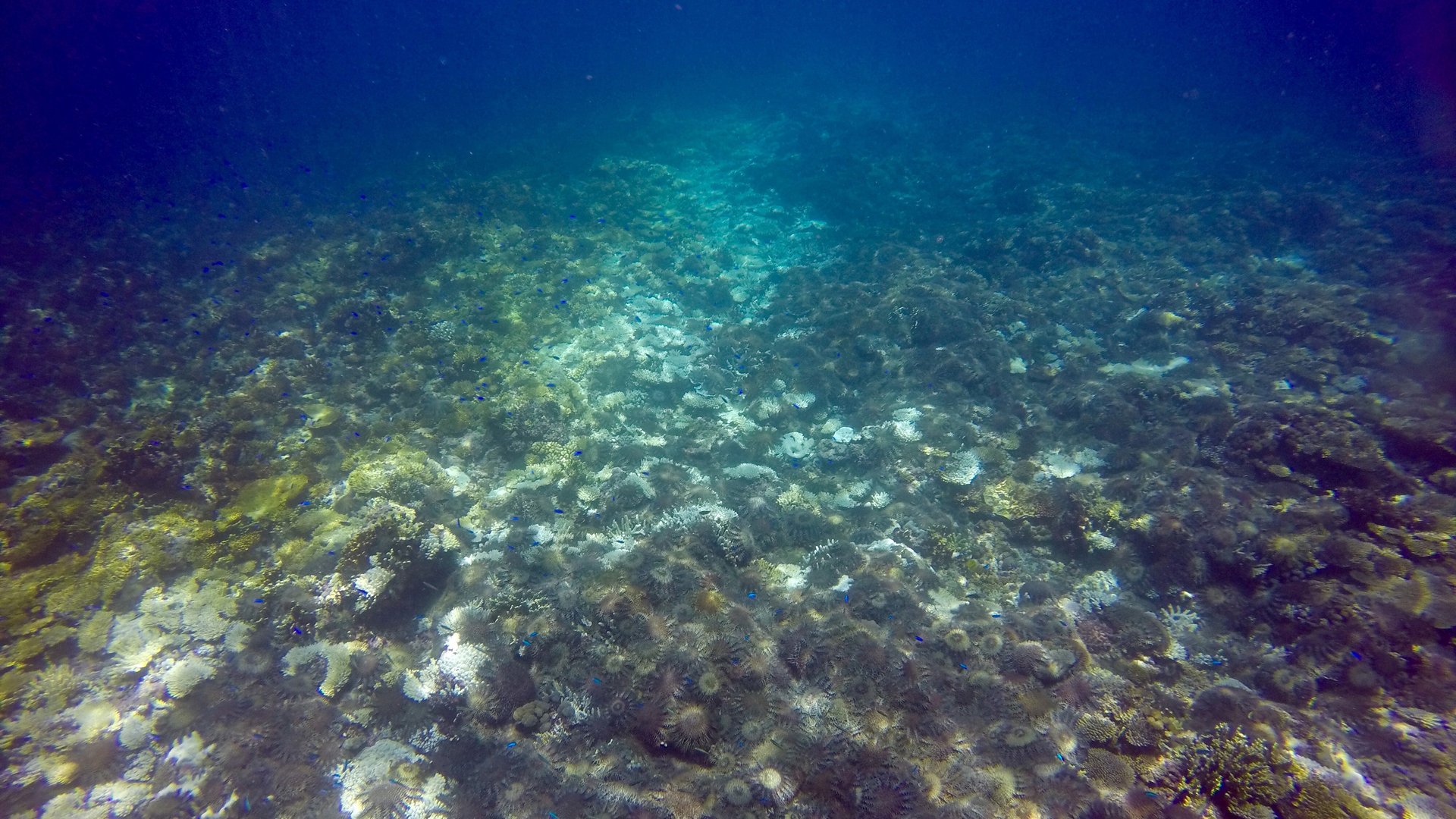Australia’s attempt to save the Great Barrier Reef is like treating cancer with bandages
The world’s coral is dying, fast.


The world’s coral is dying, fast.
While corals cover only 0.1% of the ocean surface, it supports as much as 25% of all marine life. That’s astounding real-estate value, but we’re squandering it away.
Over the last three decades, the world has lost half its coral because of rising water temperatures and increased ocean acidification. Both those are the direct cause of human-induced climate change, as we increase the concentration of greenhouse gases by burning fossil fuels.
The immense loss is on naked display in Australia, which has one of the world’s most biodiverse hotspots in the Great Barrier Reef. And it’s hurting the country in more ways than just environmental degradation. The reef supports 64,000 jobs and contributes upwards of A$6.5 billion ($5 billion) to its economy.
To help save the coral, the Australian government just announced A$60 million in funding:
- A$36 million to help farmers restore vegetation around the reef and reduce erosion, which contribute to worse habitat for coral;
- A$10 million to increase the culling of the crown-of-thorn starfish, which feeds on coral;
- A$6 million to research making corals more resilient;
- A$4 million to deploy more field officers observing bleaching events, which occur then coral die.
Any money spent towards restoring coral is welcome. But two separate investigations show that some of these activities aren’t producing the results the government wants.
Documents revealed by The Guardian show that a grant of A$2.2 million was awarded in December 2017 to install giant fans underwater. The theory is that mixing cool water from greater depths could help reduce the temperature of the water around the reef. But there’s no scientific evidence that the process will work. There might even be harm as the fans could accidentally kill nearby coral, or increase acidity as they bring up more acidic deep waters.
According to a 2016 investigation by the Australian National Audit Office, the government could not show evidence that its starfish-culling program was working. “It may, in fact, be contributing to the development of more chronic and persistent starfish outbreaks,” Udo Engelhardt of Reefcare International told The Guardian.
At the same time, Australia is in the middle of a debate to use taxpayer money to fund one of the world’s largest coal mines. ”Tinkering around the edges approach has failed in the past and does nothing to address the cause of devastating coral bleaching,” the environmental group Greenpeace said.
Without mitigating climate change, Australia’s attempt to save its coral is like treating cancer with bandages.